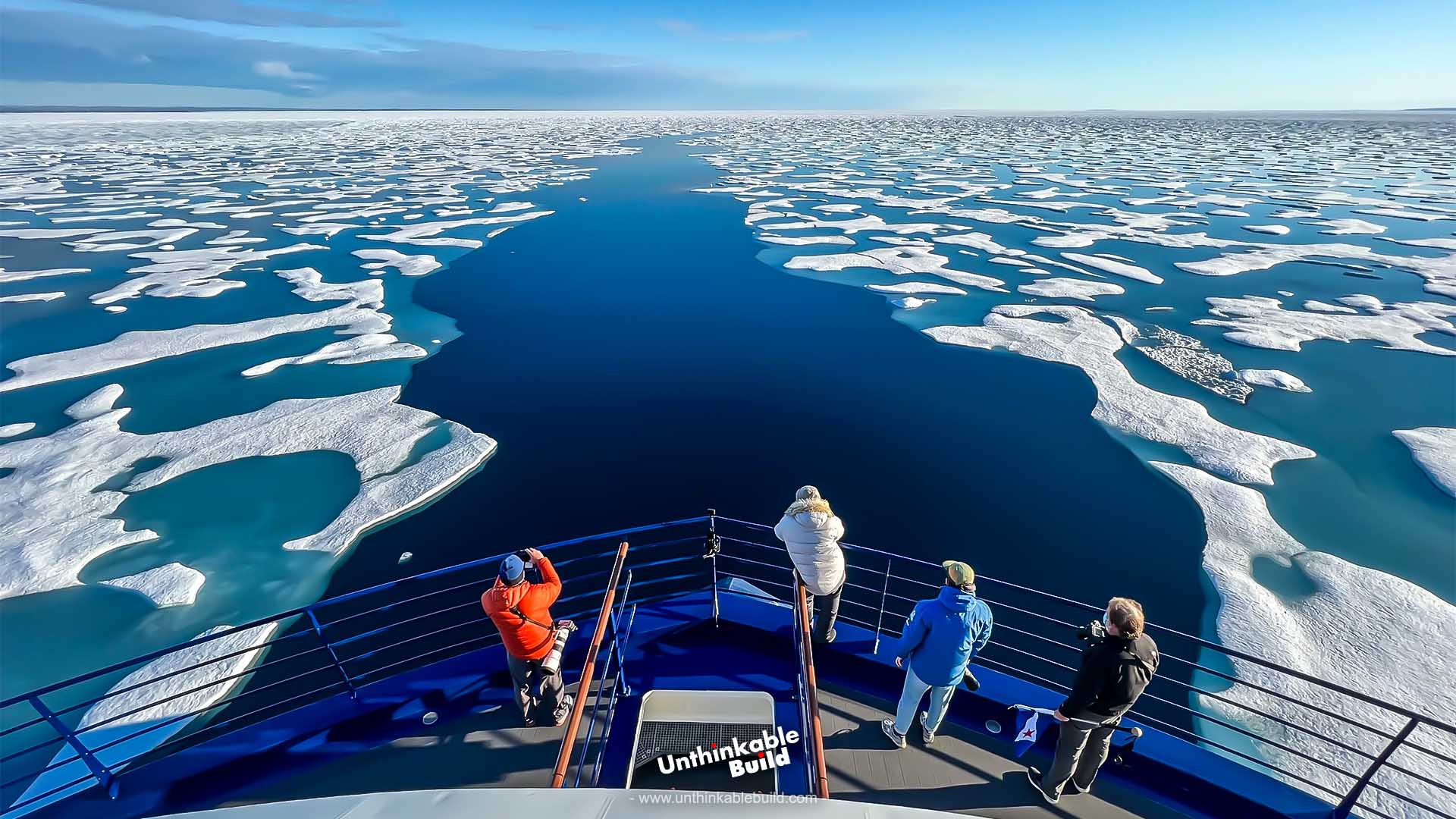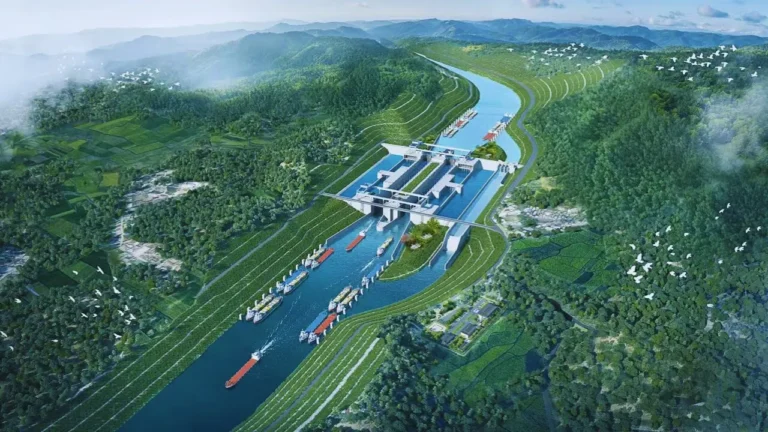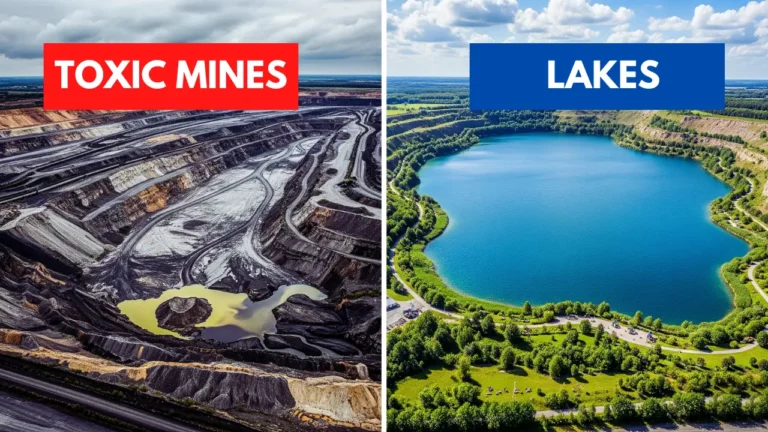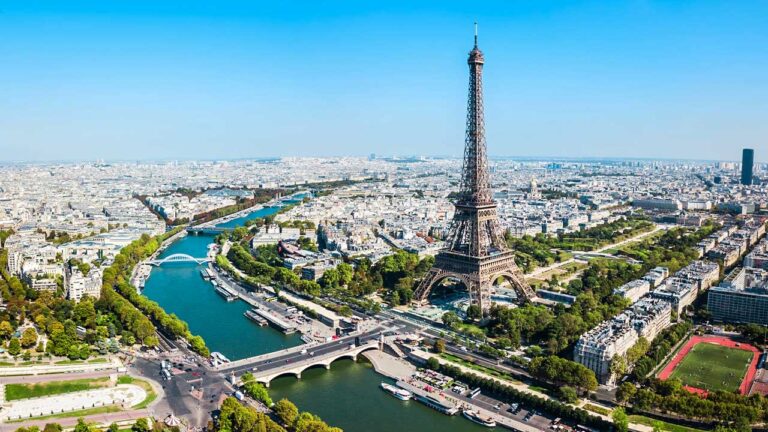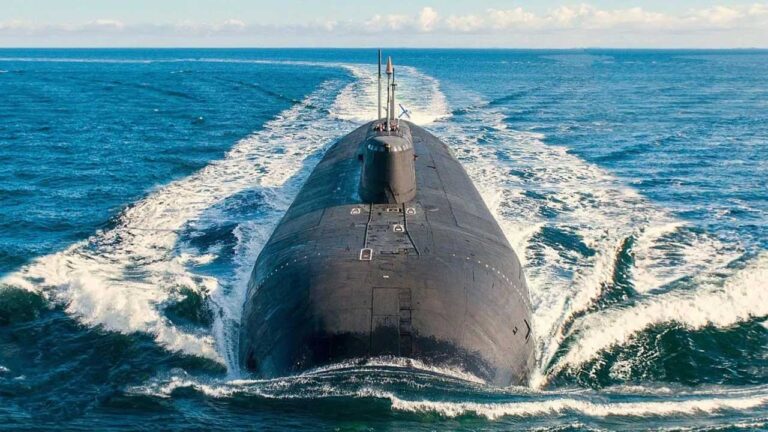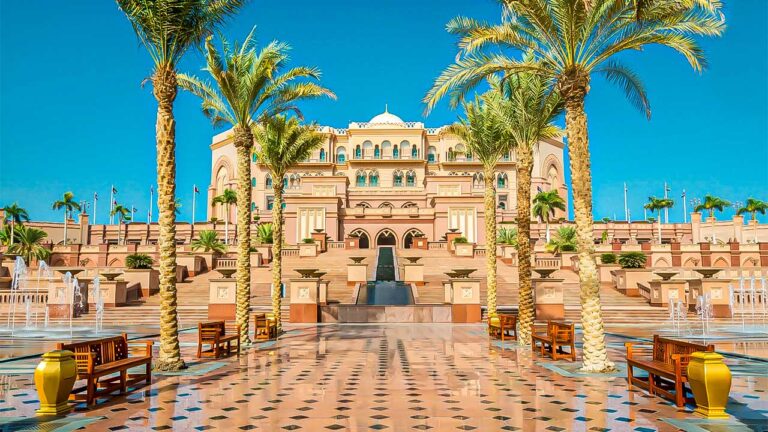Arctic Passage: A Game-Changing $43 Billion Sea Route
Rapid climate change and geopolitical problems are taking a serious toll on global trade. The Panama Canal, a lifeline for international shipping, is facing an unprecedented challenge due to a lack of rains in Central America this year. With water levels dropping, the Panama Canal Authorities have had no choice but to limit the number of crossings, leaving countless cargo ships stranded and causing frustrating delays.
As a result, many merchant ships are turning to the Suez Canal as an alternative, but they’re not out of the woods yet. In the Red Sea, these ships must wait for naval escorts to protect them from unexpected insurgent attacks. Without this crucial protection, they’re forced to take an exhausting 11,265-kilometer detour around South Africa, further complicating the already strained global trade routes.
Many alternative sea routes are being explored to keep global trade running smoothly. One promising option is the Northern Sea Route that offers a shorter journey between Europe and Asia than the Suez Canal. But could this new path really become the go-to alternative to the Panama and Suez Canals? And what progress has been made so far in making it a reality?
Geopolitical tensions and climate changes have taken a heavy toll on global trade, causing traffic through the Panama and Suez Canals to drop by more than 33%. With these traditional routes struggling, many merchant ships are now forced to take the much longer journey around the Cape of Good Hope in Africa. This not only leads to frustrating delays in delivery but also drives up transportation costs due to higher fuel consumption, putting additional strain on economies worldwide.
Also Read: Saudi Arabia’s The Line Shrinks to Just 2.4 KM?
As these traditional trade routes become more challenging, the idea of exploring alternative pathways, like the legendary Northwest Passage, becomes even more fascinating. For centuries, this mysterious sea route connecting the Atlantic and Pacific Oceans through the Canadian Arctic Archipelago has captivated explorers. Now, with modern trade facing new hurdles, the Northwest Passage continues to spark curiosity and dreams of a feasible new route, reminding us of the enduring human drive to discover and adapt.
The Northern Sea Route, also known as the Arctic Passage, is an important shipping lane that runs along Russia’s Arctic coast. Stretching over 5,600 kilometers, it offers the shortest maritime path between Western Europe and the Asia-Pacific region. The route starts at the boundary between the Barents and Kara Seas and ends at the Bering Strait, passing through the Arctic Ocean and covering several seas, including the Kara, Laptev, East Siberian, and Chukchi Seas. Entirely within Russia’s exclusive economic zone, the Northern Sea Route is often compared to Canada’s Northwest Passage, though it doesn’t extend to the Atlantic Ocean.
One of the biggest draws of the Arctic Passage is its potential for commercial shipping, due to its shorter distance compared to traditional routes. For example, a journey from Murmansk, Russia, to Yokohama, Japan, via the Suez Canal is around 12,840 nautical miles, whereas the Arctic Passage cuts this distance to just 5,770 nautical miles. This significant reduction in travel and fuel consumption makes the route an attractive option for merchant ships.
Since 1979, the Arctic region has lost about 3.15 million square kilometers of late summer ice, shrinking at a rate of approximately 76,800 square kilometers each year. Currently, parts of this route are ice-free for only about two months each year, but as Arctic ice continues to melt, the Northern Sea could offer a quicker route from East Asia to the east coast of North America, providing a more efficient alternative to the longer trip through the Suez Canal.
In 2020, a record 331 vessels navigated the Northern Sea Route, surpassing the 277 ships that passed through this passage in 2019. This trade route is now being heavily utilized by commodity producers from Russia, China, and Canada, who transport iron ore, oil, liquefied natural gas and other fuels through Arctic waters. The Arctic Passage gained historical significance in 2009 when two German ships completed their first commercial journey, connecting Busan, South Korea to Rotterdam, Netherlands. In 2013, the Danish bulk carrier Nordic Orion saved $200,000 by taking the Arctic Passage on its voyage from Vancouver to Finland, reaching its destination in just 4 days.
As shipping companies look for ways to cut costs and lower emissions, the appeal of shorter and more efficient routes like the Arctic Passage might become even stronger. This could be a real game-changer for the Panama and Suez Canals.
Development of the Northern Sea Route involves a range of significant investment. For starters, energy projects aimed at tapping into Arctic oil and gas are expected to cost over $50 billion. Furthermore, building the necessary maritime infrastructure, such as ports, terminals, navigation aids and icebreakers to ensure safe passage through the icy waters, will add another $16 billion. There’s also the Arctic Connect Subsea Cable Project, designed to boost communication in the region, with costs estimated around $1.2 billion.
Navigating the Arctic is costly due to the need for ice-class vessels, specialized icebreakers, and insurance for operating in icy waters. On top of these expenses, the Arctic’s extreme and unpredictable weather, featuring fog, storms, and sudden temperature swings add another layer of difficulty for vessels, making navigation even more challenging and increasing the risk of accidents. This underscores the necessity for robust safety protocols and reliable emergency response measures in these treacherous conditions.
Also Read: France’s New Floating Arctic Research Project: Tara Polar Station
As shipping in the Arctic Ocean increases, the region could face a range of environmental challenges that need careful attention. The growing traffic raises concerns about its impact on marine ecosystems, wildlife, and Indigenous communities that call the Arctic home. Issues such as noise pollution, disturbances to wildlife, and the risk of oil spills threaten the delicate Arctic environment. To address these concerns, preventing pollution, managing spills effectively, and reducing carbon emissions should be prioritized. This involves enforcing stringent regulations, investing in advanced spill response technologies, and adopting more sustainable practices.
Developing the Northern Sea Route is a complex task full of both challenges and opportunities. From the hefty investments required for infrastructure to the tricky navigation through icy waters and unpredictable weather, it’s clear that Arctic Passage will test our ability to overcome significant hurdles.
The growing importance of Arctic is catching the eye of many nations, leading to a surge in investment. Countries and trade giants are putting money into building new ports, icebreakers, and improving search-and-rescue services in the Northern Sea Route, to keep up with the increased shipping traffic and ensure safe passage through the region.
Could the melting of summer ice in the Arctic Ocean over the next century potentially spell the end for the Panama and Suez Canals?

